Mark Diacono: How to grow savory both summer and winter
The grow-your-own gardening expert on summer savory and winter savory, and making sure that whenever you can't enjoy one, you'll be able to call on the other.
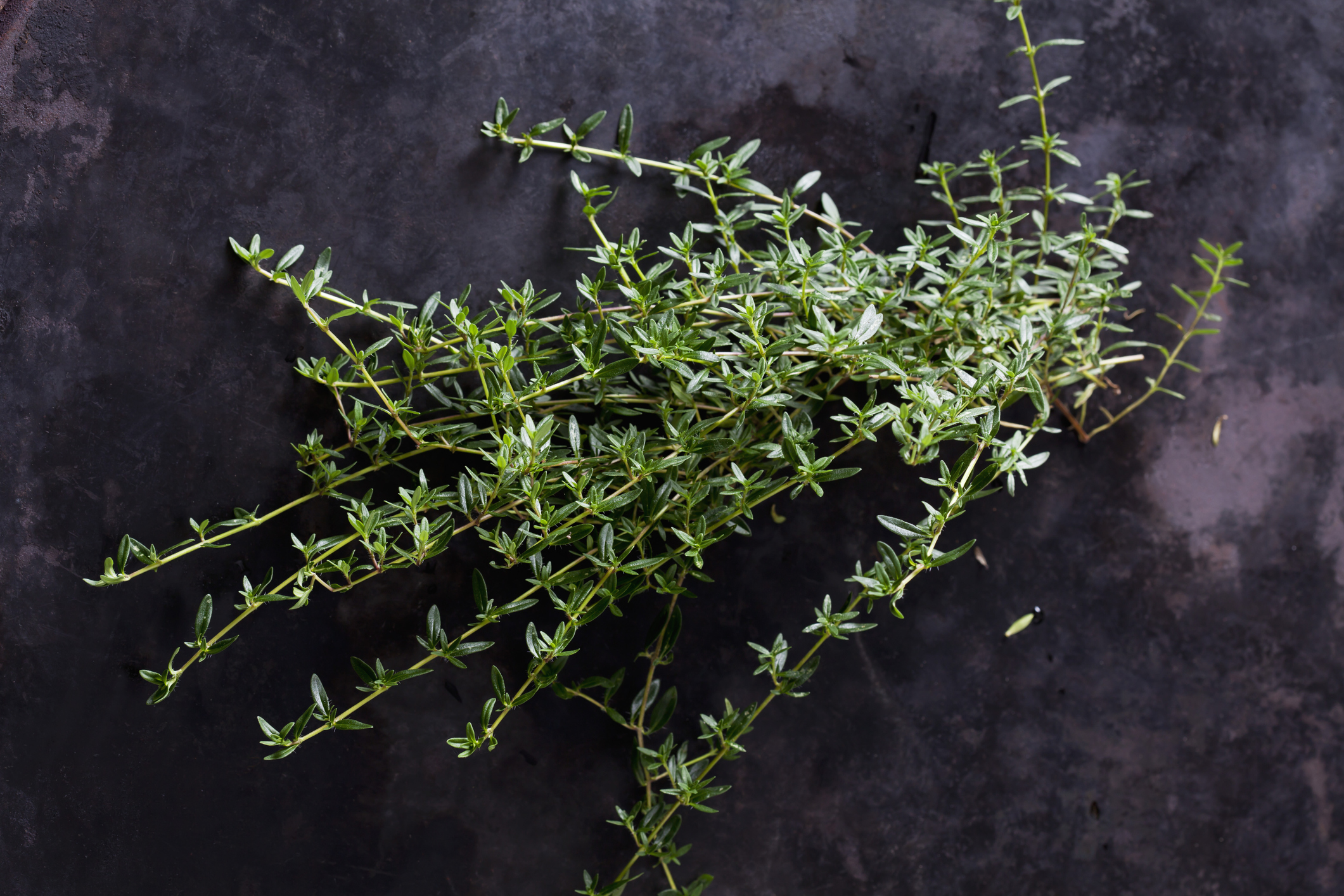

I have a small table and some chairs a bleary-eyed stumble from the kitchen door that provide me with the perfect spot to enjoy an early, reviving coffee. If it isn’t raining, you’ll find me there — bed hair and all — first thing. It is a precious spot. Just behind it, a wall retains a bed full of the herbs I like to use frequently, whether in the kitchen or simply to carry their scent on my fingers. Among the lemon verbena, the orange thyme and more, I grow both winter and summer savory.
Summer savory (Satureja hortensis) and winter savory (Satureja montana) are closely related, very underappreciated and share many characteristics, yet are very much their own thing.
Summer savory is a hardy annual that, visually, you might mistake for the child of a hefty thyme crossed with oregano. Rub its leaves and you’ll discover a scent that, although close to oregano, is also slightly minty, with a gorgeous piney undertone. This translates to its flavour, which, albeit very present, is not too intense for the kitchen: it is particularly good with dairy, beans and pulses, chicken and fish, or added to tomatoes, cooked or raw. I most often use whole sprigs as one might rosemary, during cooking, but, when the leaves are young and soft, they are superb added late as a garnish. It is also one of the classic ingredients of herbes de Provence.
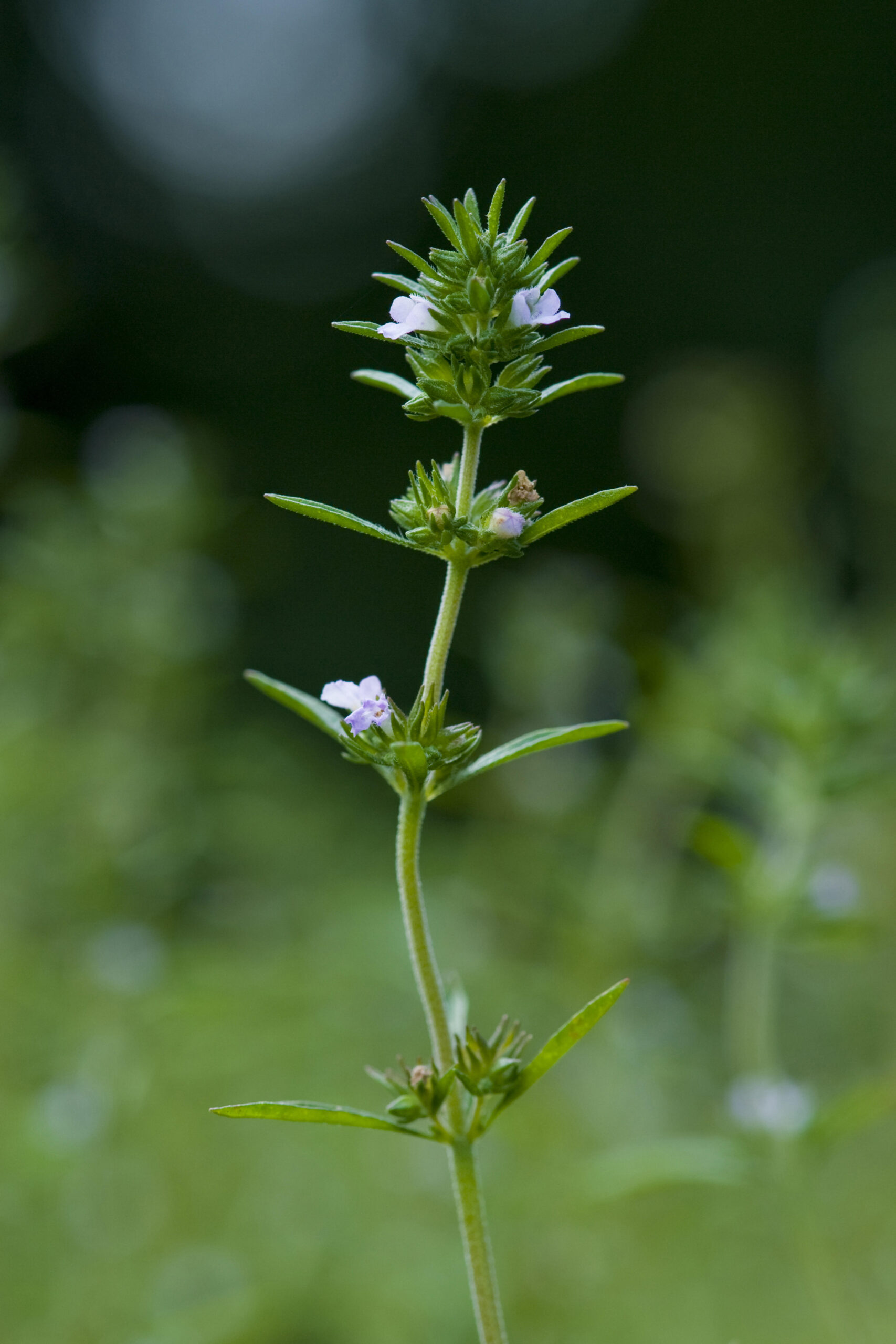
In a good spot, summer savory can reach about 35cm (13in) in height and spread. Those handsome, useful stems produce beautiful small flowers — not dissimilar to rosemary’s — that appear throughout summer and draw beneficial insects, as well as my gaze. I also grow a few summer savory plants near broad beans, as they help ward off black fly. The downside of growing it is that it lives only until the cold weather hits hard. Every spring, I have to sow anew, but, by early summer, they are ready to harvest again.
Winter savory is a hardy, semi-evergreen perennial. A smallish shrubby plant that gets to 40cm (15in) in height and width, it resembles a slightly stragglier, pointier-leaved version of summer savory. As with the latter, it carries beautiful small flowers in summer. Although sharing much of summer savory’s flavour and fragrance, winter savory has more menthol and pepperiness to it, making it a bold, spicy herb, ideal for wintery recipes where rosemary might otherwise feature.
Here in Devon, and across much of the South, winter savory remains evergreen in mild winters, offering structure and interest through the cold months, as well as a flavoursome harvest. Even if the cold causes its leaves to drop, fear not, it will be back in spring.
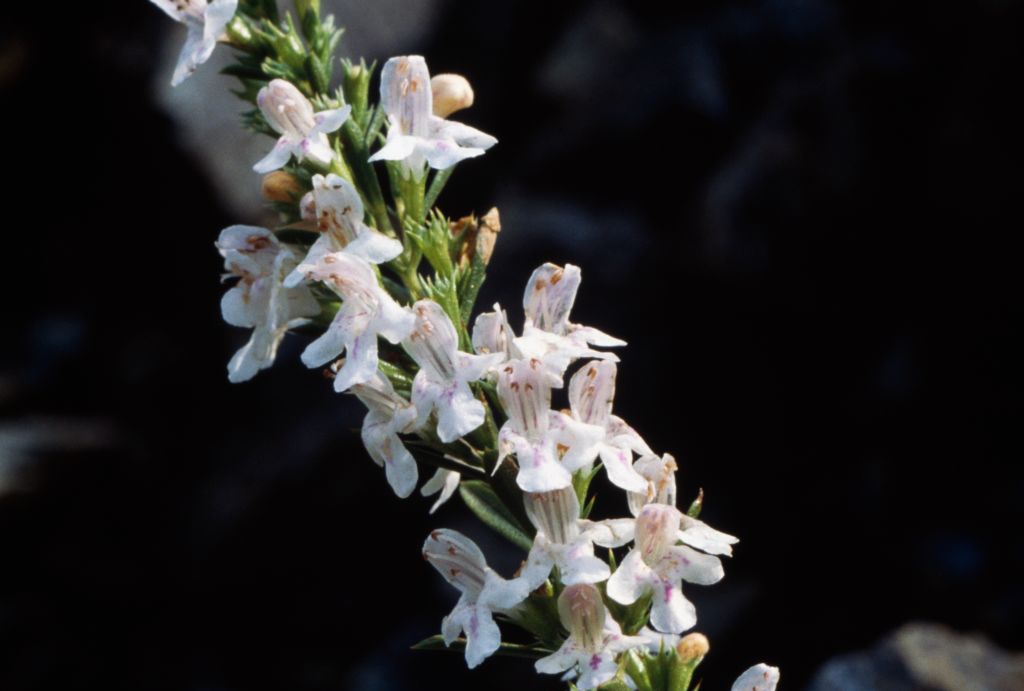
By growing both savories, I get to enjoy summer’s slightly gentler — some think superior — flavour in the warmer months, saving the punch of winter savory for the rest of the year.
Exquisite houses, the beauty of Nature, and how to get the most from your life, straight to your inbox.
When it comes to starting off, growing conditions and maintenance, winter and summer savory have much in common. You can start both undercover in spring. Sow thinly onto the surface of modules full of lightly damp compost: don’t cover, as they need light to germinate. A sunny windowsill at a temperature of 18˚C or so is ideal. The seeds should germinate within three weeks; when easily handleable, pot on and ensure they have warm, light conditions and regular watering to develop well. Plant out when well rooted, after hardening off, from late spring. If you share my impatience for enjoying flavour and fragrance, you can buy winter savory as a young plant or, if you know someone with a plant, take softwood cuttings in summer.
A sunny, well-drained spot is crucial for both types. If your soil is unsuitable, both will flourish in a container, where you can control the growing medium and ensure good drainage. Allow 40cm (15in) or so between summer savory plants and a little more for the slightly larger winter variety.
Regular watering in dry spells is vital — more so for container-grown plants and those newly planted out — but don’t overwater or allow the plant to have constantly moist roots. Occasional winter watering is required by container plants.
Both forms are largely pest and disease free, and can be harvested — within reason — regularly. They flourish with regular clipping, although I tend to let both grow on at times to enjoy their flowers, before cutting back to promote fresh new growth. With its longer life, winter savory is prone to becoming straggly, so give it a light tidy up in early spring to keep it bushy and productive.
Mark Diacono grows edibles, both usual and unusual, at Otter Farm in Devon (www.otterfarm.co.uk). His book Vegetables: Easy and Inventive Vegetarian Suppers is out now (Quadrille, £27)
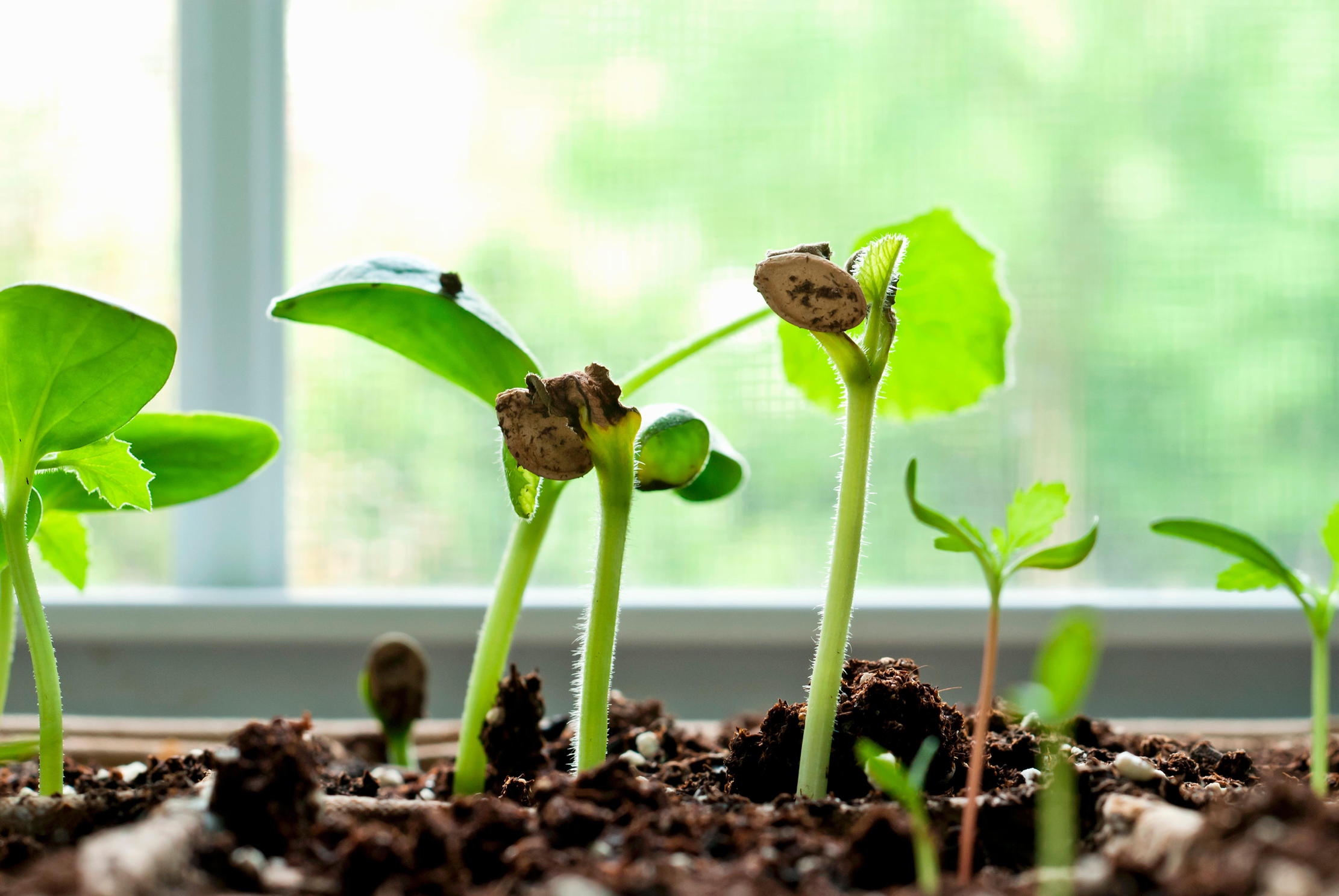
Mark Diacono: What seeds to plant, plus where and when to plant them
Growing your own from see to harvest is highly rewarding, and here are some tips to get the best possible
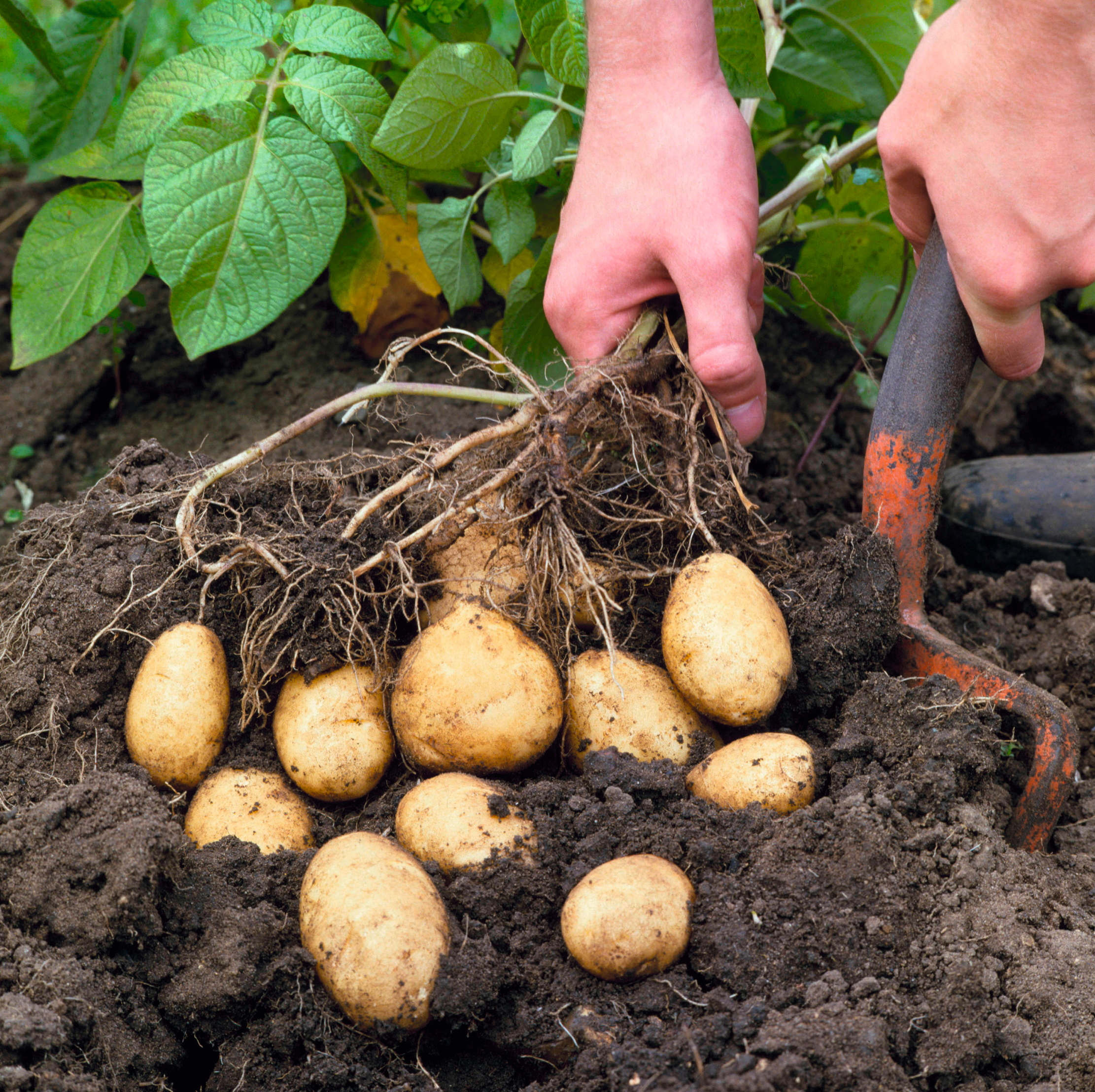
Mark Diacono: Chips, mash, roasted or dauphinoise — all better with your own potatoes
The versatile varieties of the potato make it a great crop to experiment with and, no matter what, nothing beats
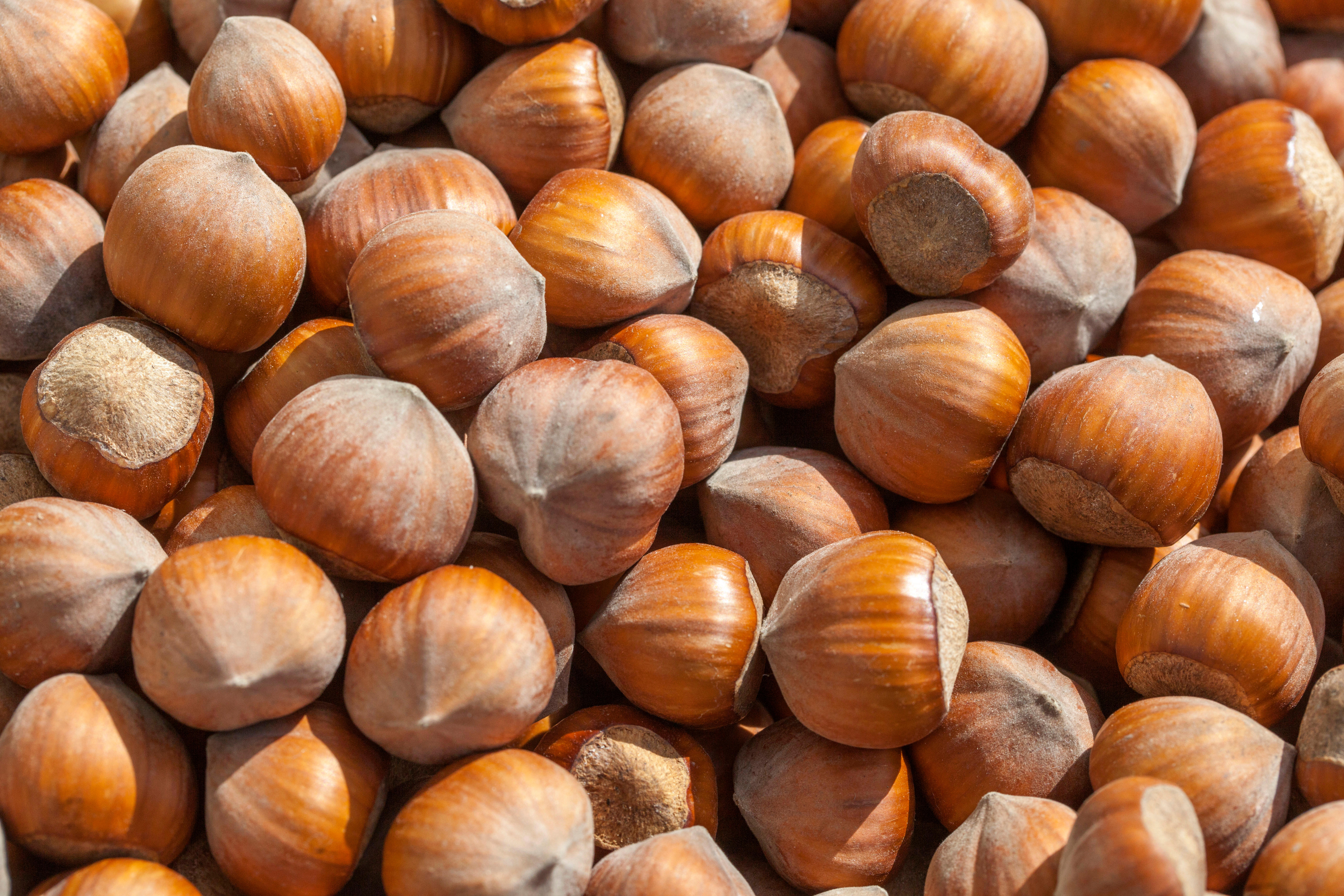
Mark Diacono: How to grow your own hazelnuts (and why you'll find it rather easy)
Our resident grow-your-own expert Mark Diacono gives his tips on the surprisingly easy hazelnut.
Mark is lucky enough to spend most of his time eating, growing, writing and talking about food. He has written fourteen award-winning books, including A Year at Otter Farm and A Taste of the Unexpected (both won Food Book of the Year, and Garden Book of the Year). Known for growing everything from Szechuan pepper to pecans to Asian pears, Mark's refreshing approach to growing and eating has done much to inspire a new generation to grow some of what they eat. He was involved in the early days of River Cottage, appearing in the TV series, and writing four River Cottage books. Mark writes to a global audience on his best-selling Substack: Mark Diacono’s Abundance.
